At long last I finally got around to uploading some of the pictures from our visit to the Bullock Brothers homestead on Orcas Island at the end of August. It was a veritable wonderland of food laden forests, millions of projects and experiments in process. The majority of thier land occupies a southfacing slope that leads down to a recovered wetland (before the Bullocks moved in, the valley bottom had been drained for crops). This picture is facing the lowest point of the property on the gentle curve of where the land slopes down to the water.
Fruit trees, little annual plots and berries abound. Old Sears and Roebuck homestead pumps powered on solar panels pump the water stored in the wetland back up the crops and trees planted on the hillside. The excess eventually makes its way back down again.
I was secretly happy to see that the majority of the annual beds were in a rather traditional rectangular arrangement. Permaculture manuals are all filled with these mandala-style beds, which are great if you have a lot of space (and a small army of labor and materials to construct them) but are pretty intensive for someone working with a very limited amount of space – City lots are square you know. The rectangular shape of the beds makes it easy to move a chicken tractor along the bed at the end of the season to turn up the soil.
Chinese Mountain Yam and Burdock(both perennials) growing in 50 gallon barrels. This is a brilliant idea that I am going to work towards putting in action on our patio next year. Right, this just looks like an oversized container garden of vines. But the brilliance lies hidden behind the burlap bags covering the barrels. Each barrel has actually been cut fully in half vertically and then put back together with makeshift hinges. This allows you at harvest time to just turn the barrel on its side and open it up clamshell style for harvesting the tubers. You can then leave enough for next years crop, put the top portion back on and turn right side up again. No dumping and sorting through the entire mess.
Ahh, the grafting! This is an apple grafted to a native Hawthorne tree. Perhaps one of the most exciting things I learned in the class that Doug Bullock taught a couple months ago was the endless possibilities that grafting presents for using already established rootstock to produce food. Imagine taking all of the ornamental non-fruiting plum trees and grafting on other stone fruit branches. Within a few years you could have plums, nectarines and peaches all off of the same tree which presented no food value just a short time ago. Also, taking advantage of already present, native varieties of trees in the same family allows you to cheat strict soil and climactic requirements of some of our more tasty, but domesticated cultivars.
This is a picture of a tree that was quite obviously recently grafted with a large number of different scions. If you look closely you can see the silver tags hanging off each branch identifying the variety. The sun was out that day and not very cooperative with my goal of getting good pictures, everything is a bit overexposed.
This is a series of two ‘greywater’ pools that are fed from the excess water coming off of nursery tables just up the hill. This eventually drains down into the wetland again, but provides a bit of habitat along the way.
Part of the intern kitchen. Note the Cobb oven on the left and the gorgeous braids of garlic in the background.
A recently completed Cobb Rocket Stove – so cool.
Picnic and rest stop. This was a rather large arbor constructed mainly of whole logs. It supported grapes, arctic and hardy kiwi and was a cool spot to relax. It was also being used as a semi-shade location for some seedlings.
The homemade solar dryer, courtesy of Frigidaire. The inside was remodeled to hold a stacked series of drying screens and on the backside a solar collector (once again on the south slope) funneled hot air into the box.
Waters edge. On the right you can see reed and other water grasses marking where the water begins. On the left is a blueberry, medlar and large cherry tree surrounded by the ever-present Bullock signature comfrey rings. They plant comfrey around each orchard tree. Comfrey has a deep taproot that brings nutrients up to an accessible soil level for fruit trees. The comfrey can be cut back and mulched in place 2 to 3 times each year, returning even more to the root zone of the trees.
In all it was a fabulous trip and I am a bit sad we didn’t get to camp as originally planned (so we could explore a bit more on our own). There were many other inspired ideas that I didn’t manage to take pictures of that are still jumbling around in my head. I was also glad that Gary came along for the tour as he seemed to catch a bit of the bug after seeing all that could be achieved. It is a bit strange being the lunatic that comes home after each class scheming with grand ideas. Not that he doesn’t share (at least some of) my vision, but not being immersed possibilities for 16 hours at a time does allow one to take a bit of a less immediate view of things. This, contrasted with me, so overwhelmed with all that we could be doing that I want to get at least a few things rolling right away.
And this brings me to my final impression – both of the Bullocks place and what I have gathered from the class and presenters. One needs brothers. I noticed that out of the three presenters we’ve had so far – two (coincidentally the two that own their own homestead) started out their presentation with something along the lines of “10-26 years ago I bought this place with my brother(s) and we’ve been working on it ever since”. In addition to the brother factor – large scale operations like the Bullocks place benefits greatly from a small army of 10-12 interns each year. A young, eager, twenty-something brute labor force brimming with inventiveness, renewed each spring and at their disposal in exchange for some hands on learning.
It all points toward a greater need for the rethinking and re-figuring of community. I’ve spoken of this before in more simple terms of having local friends to sit down and talk seeds, cooking and gardening with. But it extends much past that when we start to think about creating networks that even faintly approach a closed system. We’ve got to get a lot closer to our neighbors than our current culture promotes, and our friends have to be more than someone you grab a beer with on a Friday night. In reality, this is a separate post entirely (one that I’ve started twice and not yet managed to wrap into a concise enough package for blog-friendly reading). I struggle with my own desires to create a small, simple and self-sufficient(ish) life, knowing that for it to be truly effective it needs to be a joint effort bigger than my little home and family. But I also struggle with the idea of intentional communities. I am uncomfortable with the two extremes they usually take – either uber-creepy survivalists or woo-woo hippy enclaves. I don’t know the answer, but I certainly am thinking about it.



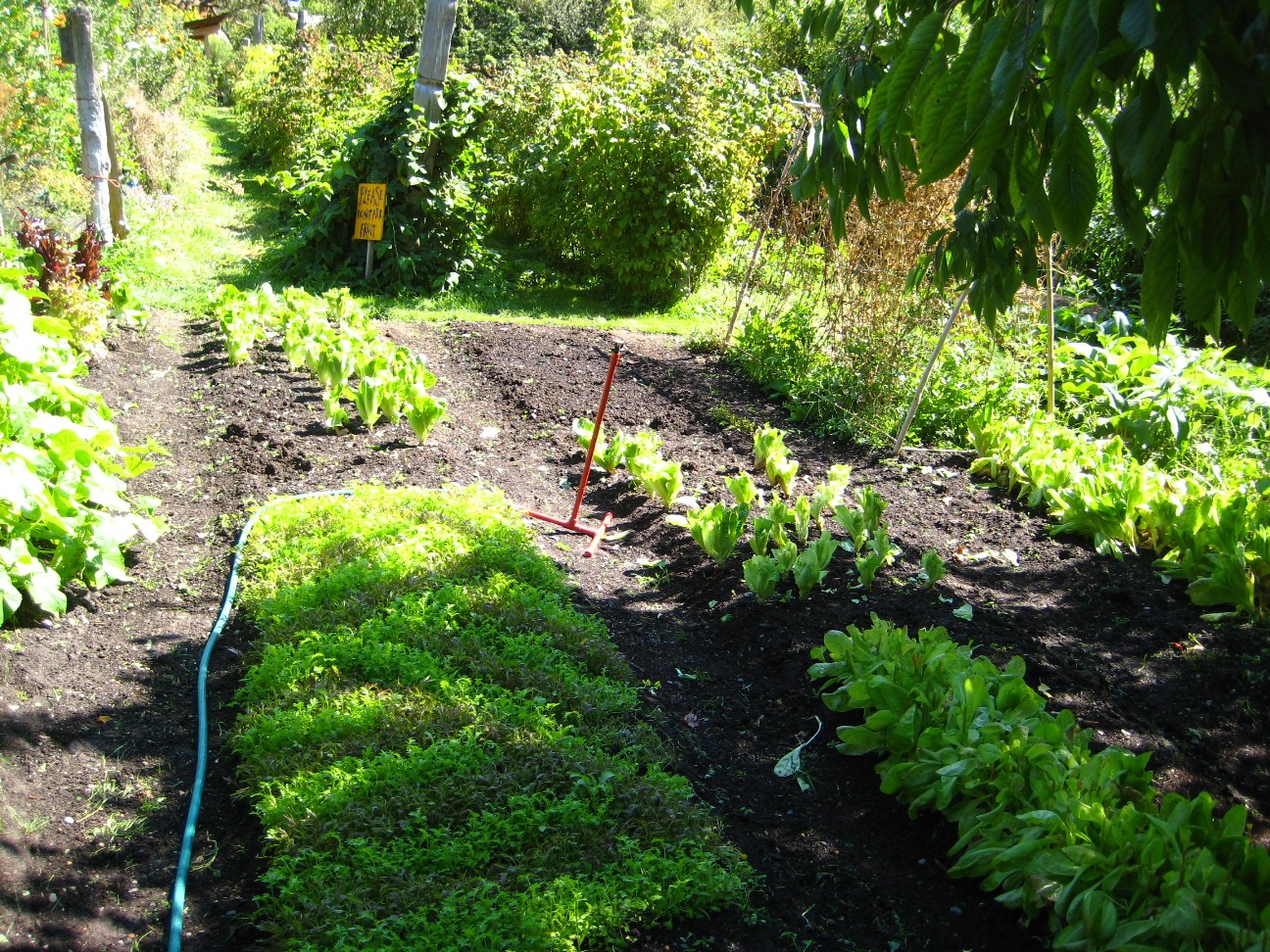
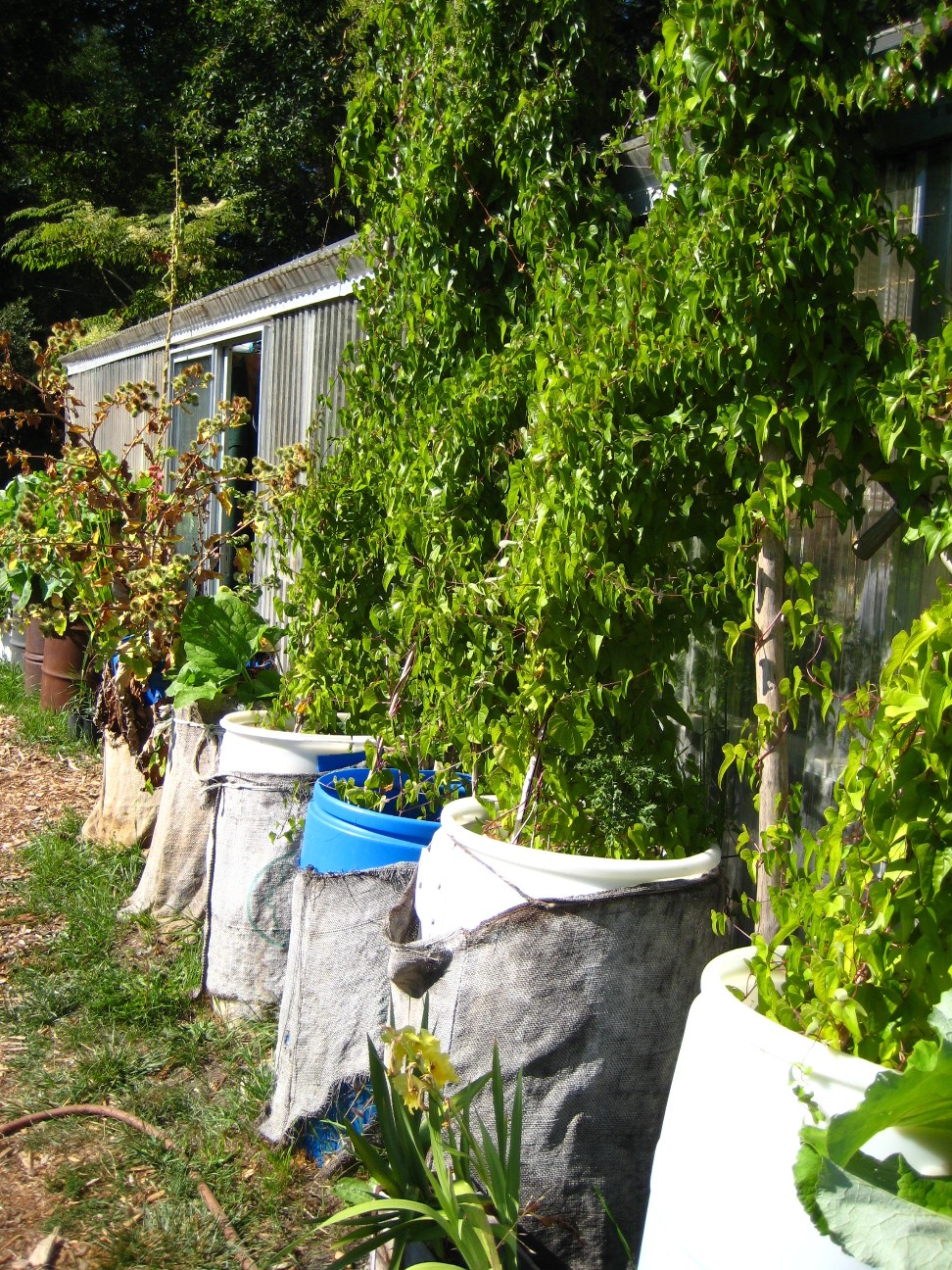
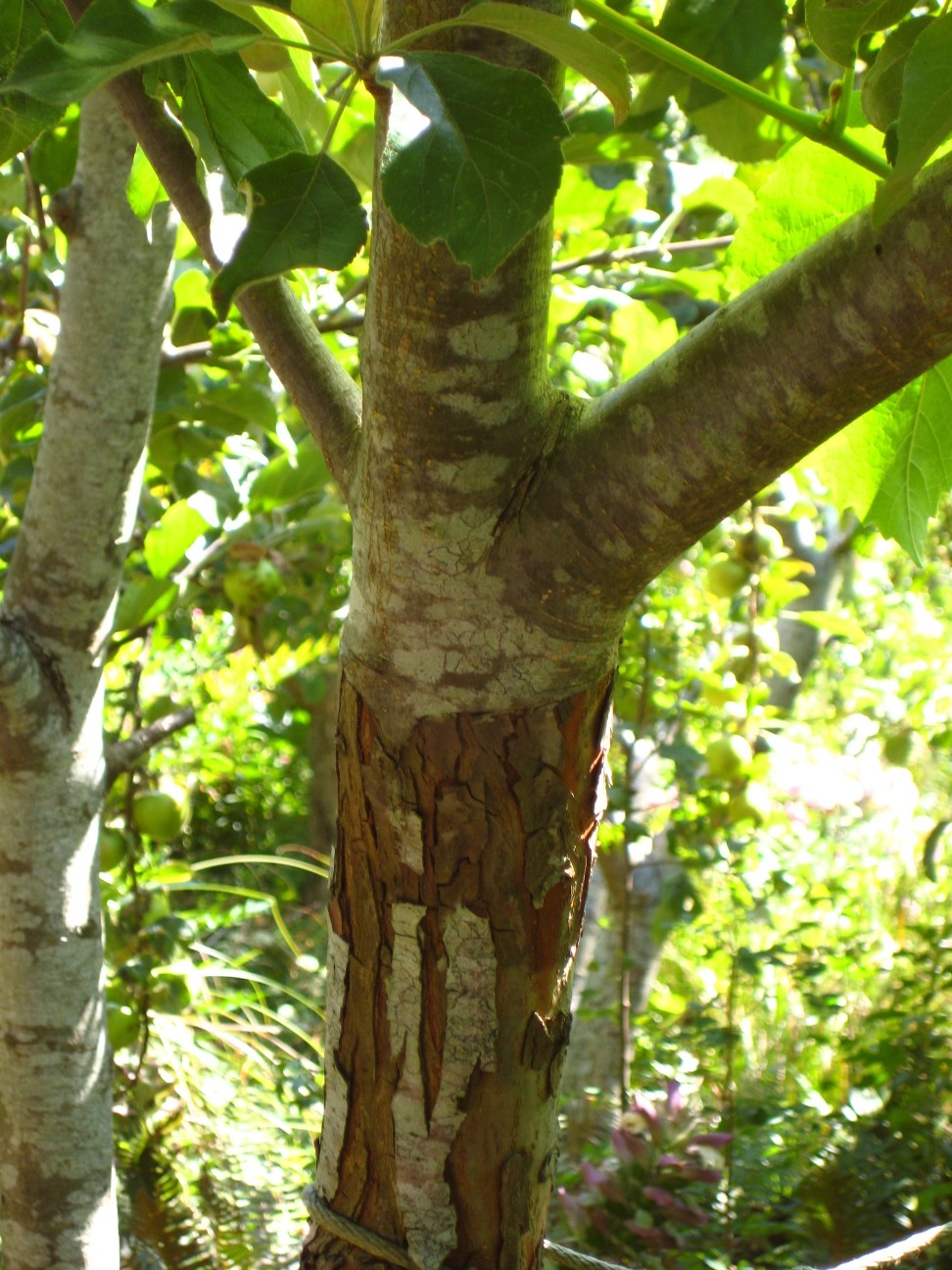
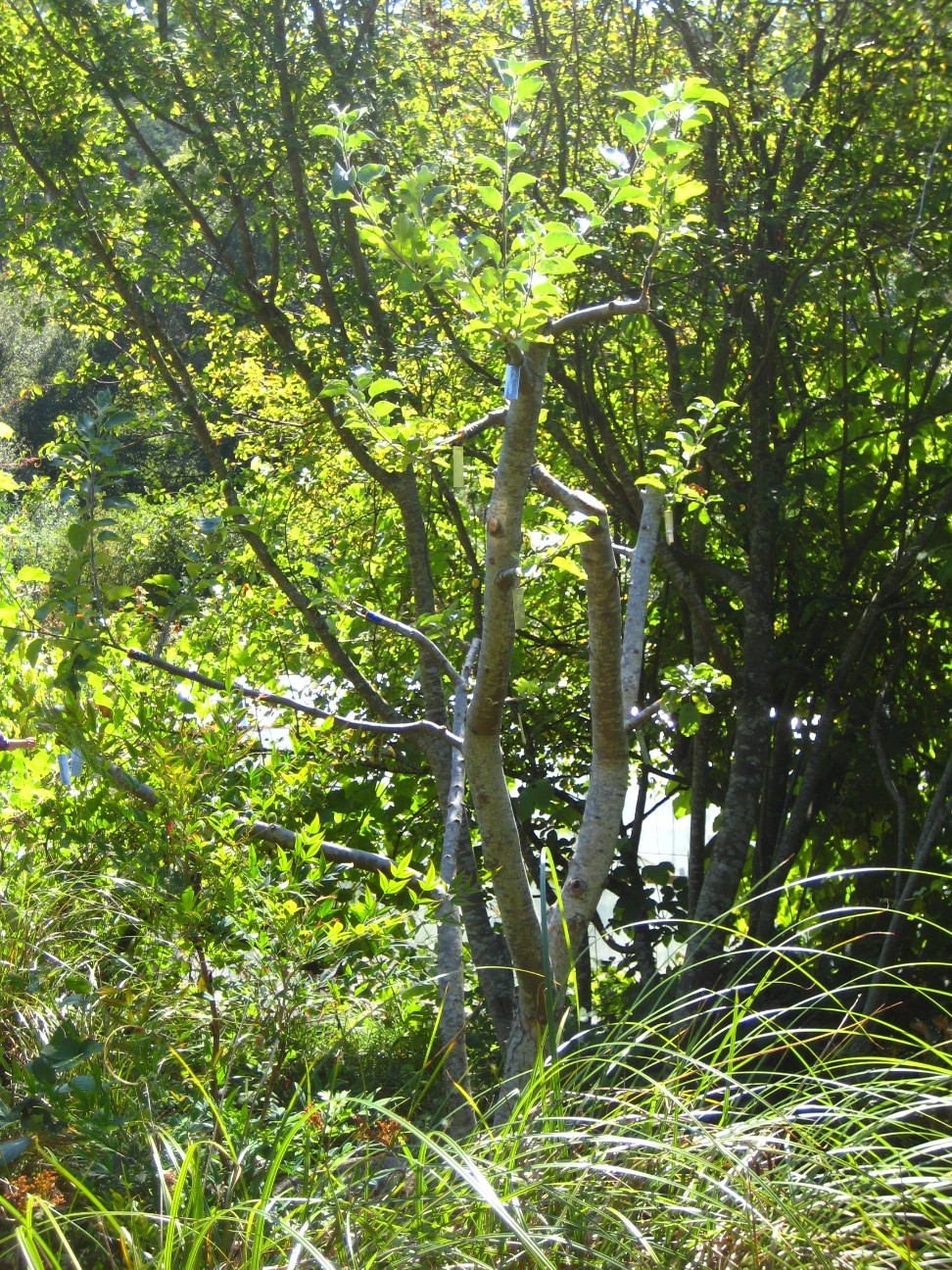
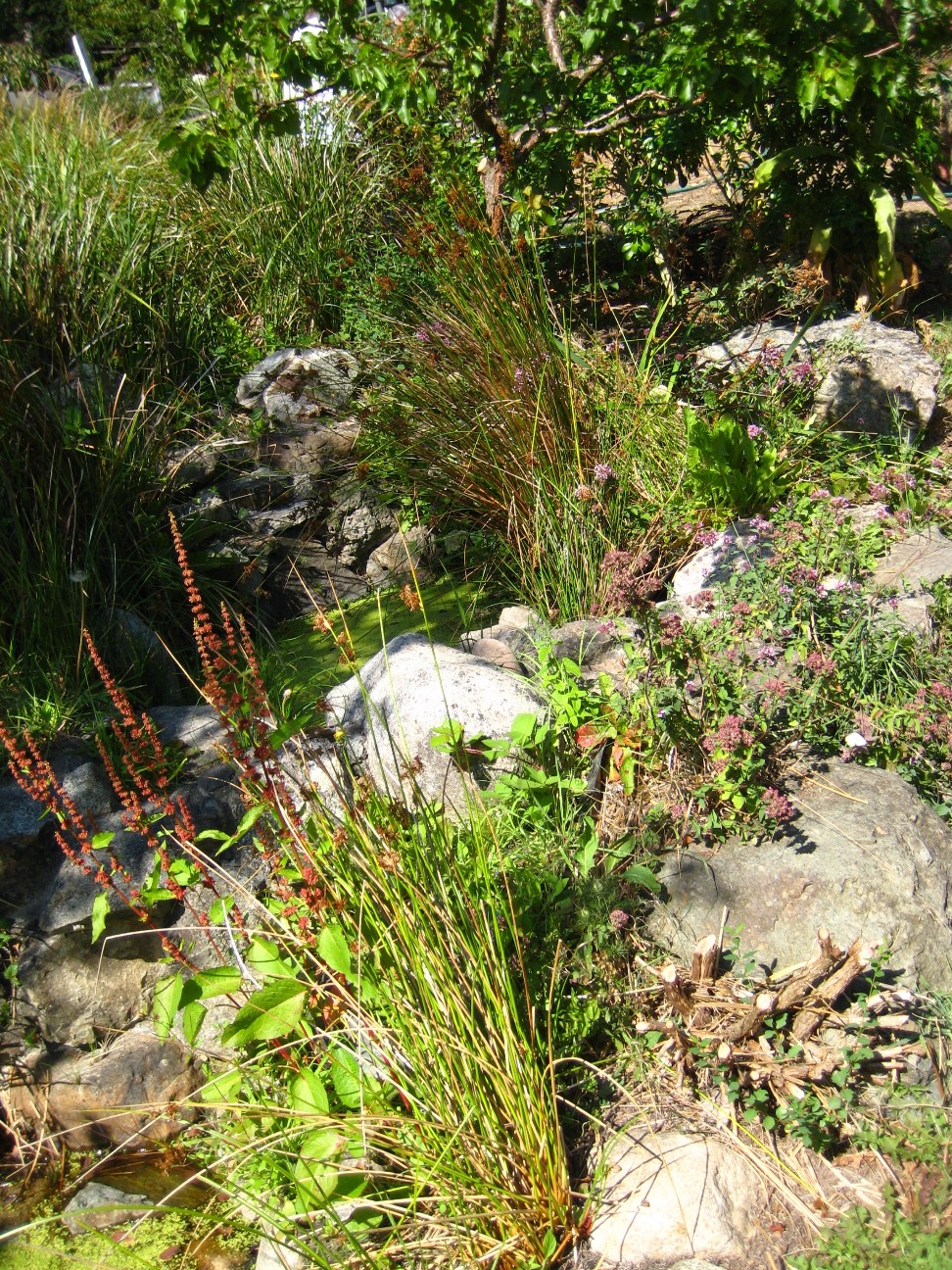
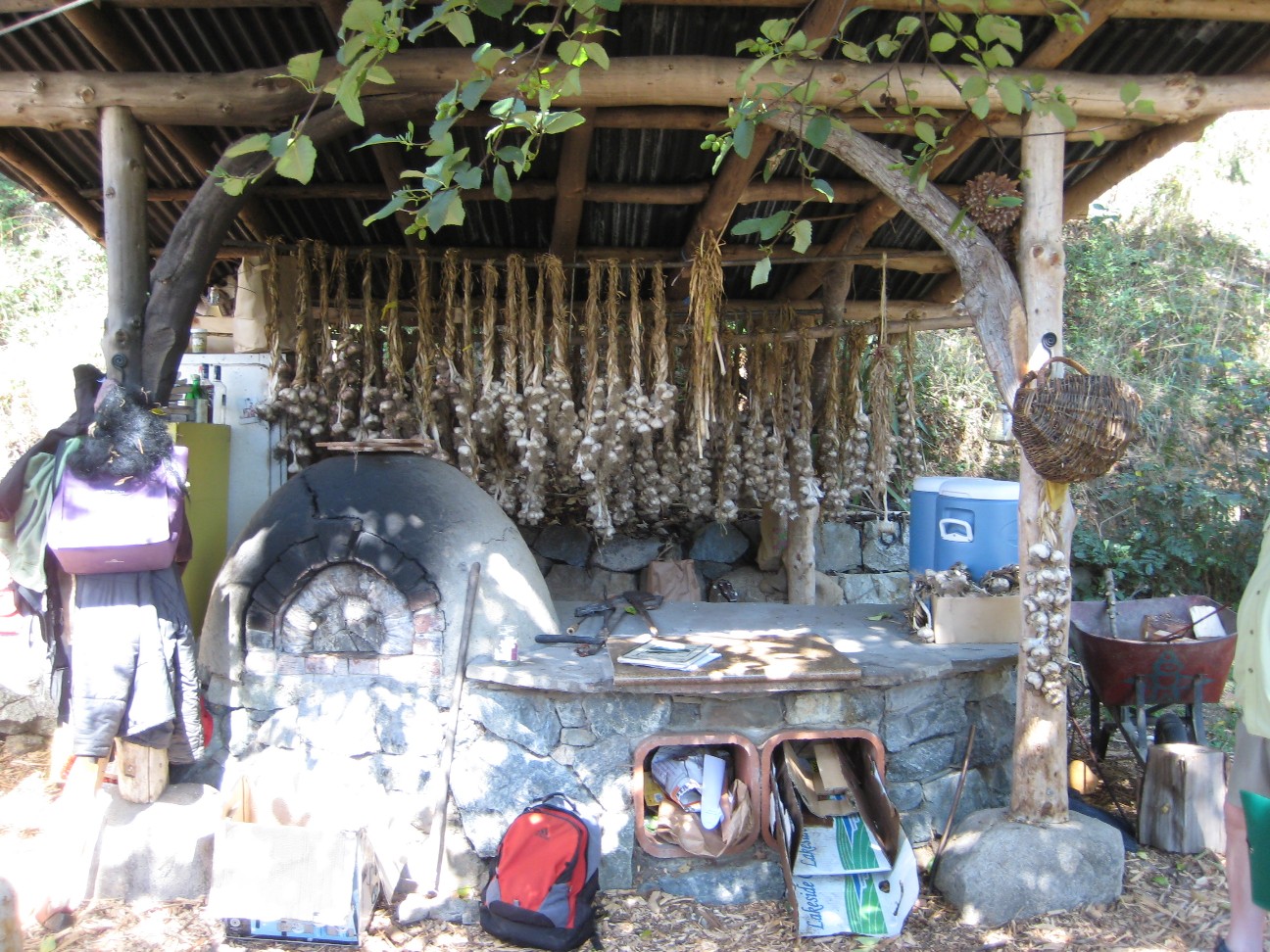
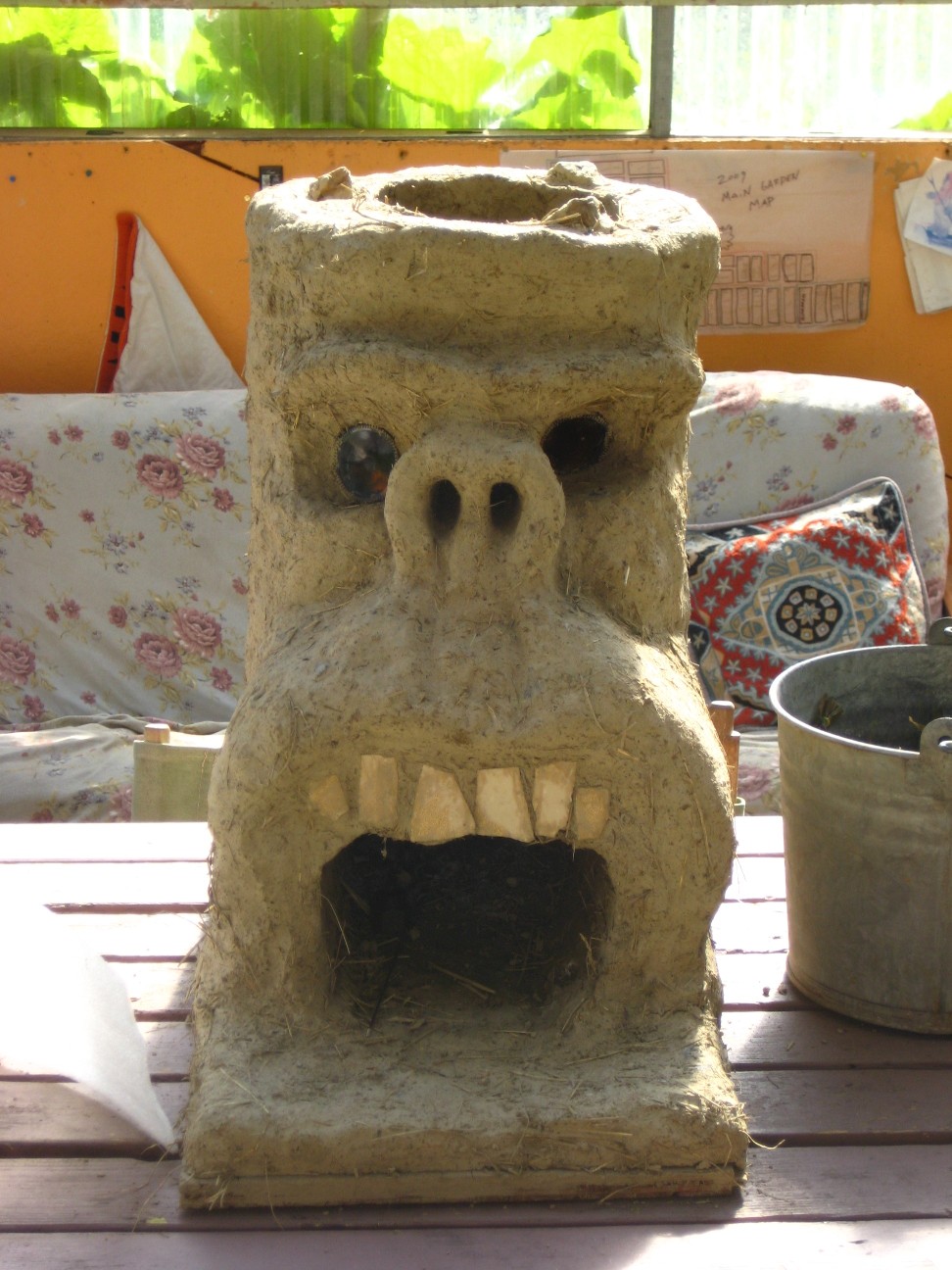

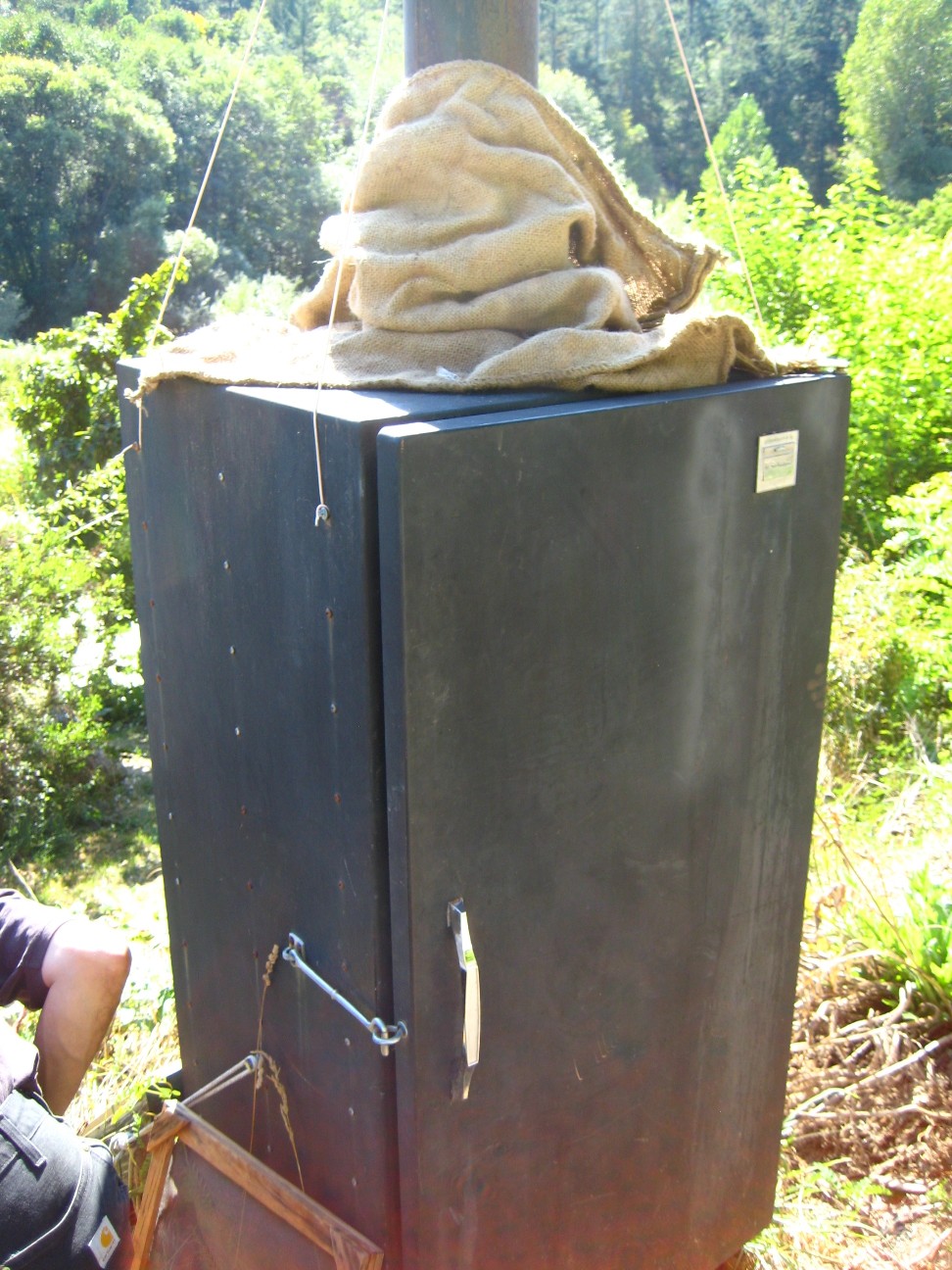
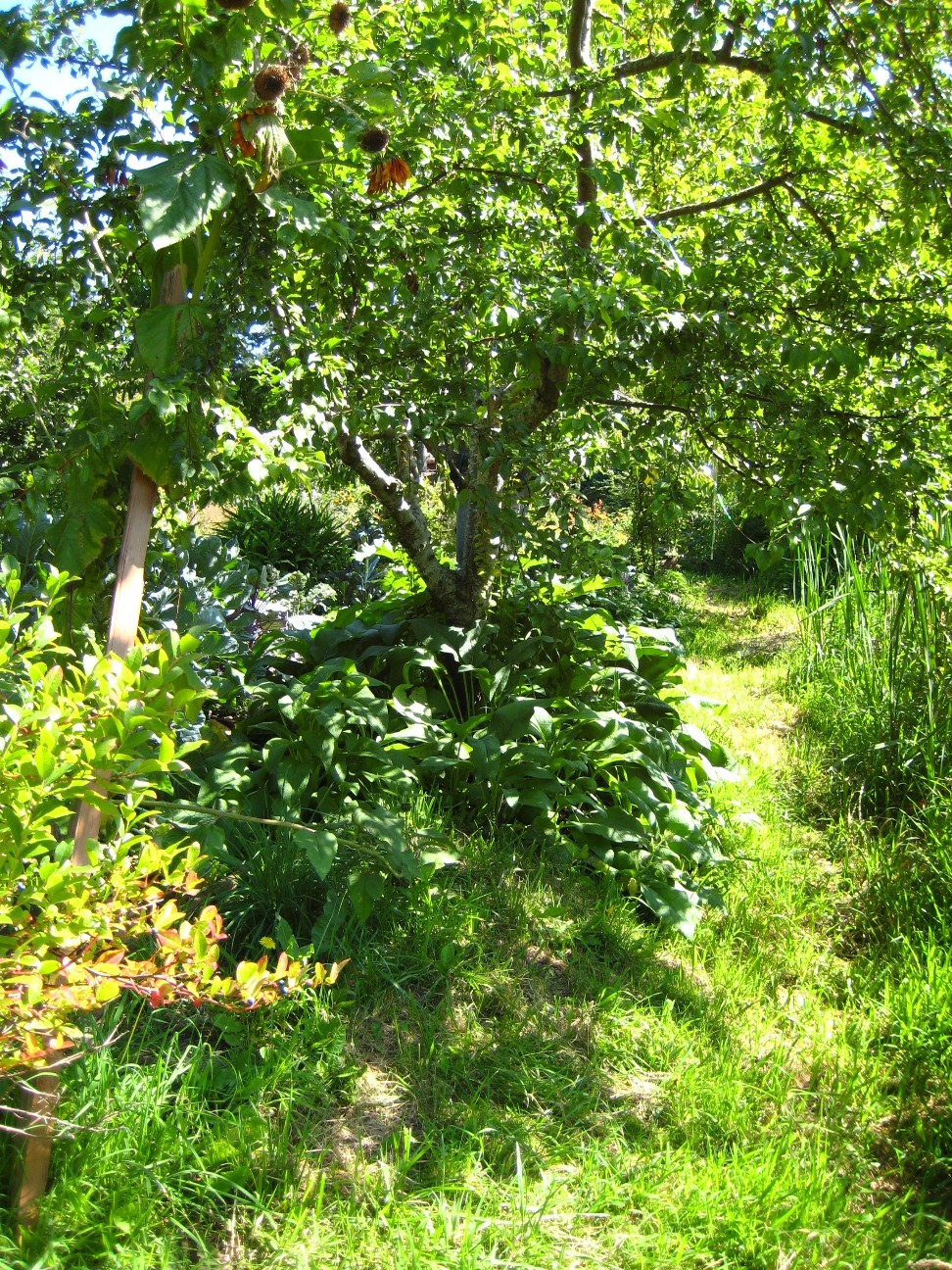
8 responses so far ↓
1 Mangochild // Sep 12, 2009 at 4:23 am
Thanks for sharing – both the pictures and your thoughts. Communities are tricky things, I agree. The grafting info – very interesting 🙂
2 maya // Sep 16, 2009 at 9:33 am
Mangochild – They are indeed tricky things (humans in general are, I suppose). The grafting info was one of the most fascinating segments of Doug Bullock’s talk to our class as well. I can’t help thinking about it now every time I walk the dog past stands of ornamental cherries or plums.
Annie – It was a great thing to see in person and a great motivator as well!
3 annie // Oct 21, 2009 at 5:44 am
Hey Maya! hope everything is okay out ya’lls way. miss hearing from you and Gary.
4 Justine // Oct 28, 2009 at 10:42 am
Hi, I really enjoyed your blog post. I came across your blog because I was thinking of starting a blog with the exact same name – googled it and found your blog, and you’re in Seattle – as am I. LOL Anyway, I visited the Bullock farm last year and was incredibly inspired, it was nice to get a virtual tour here. I also relate to your thoughts and comments about community, I look forward to reading that post when you get to it! Thanks!
5 maya // Nov 3, 2009 at 4:03 pm
HI Annie – Thanks for checking in, we are still here! I hope to start writing again…it has been a busy summer and fall.
Hi Justine – Welcome! Nice to meet a neighbor…whereabouts are you?
6 Sustainable Eats // Feb 25, 2010 at 10:49 pm
Maya I’m so glad I saw this post again. I read it once before and latched onto the idea of planting my horseradish in a sawed in half 55 gallon drum this year. Now to find the drum. Have you tried this yet? It’s brilliant! Good seeing you the other day. I can’t wait to feel well enough to try the cherry liquor…Yum!
7 Linda Pitts // Jul 19, 2013 at 12:22 am
I’ve got several fruit trees growing in the waterlogged area, but only have comfrey under one, and that’s the only tree that showed signs of lack of nitrogen (yellowing foliage) last year. In that area, I plant the trees in raised beds, so they’re not actually waterlogged and, if anything, get a bit dry, thus the mulch. It’s a bit like growing a tree in a pot, though, because the main soil beneath the raised bed is often too wet for growth.
8 3brimstone // Jan 12, 2022 at 5:16 pm
2opulence
Leave a Comment